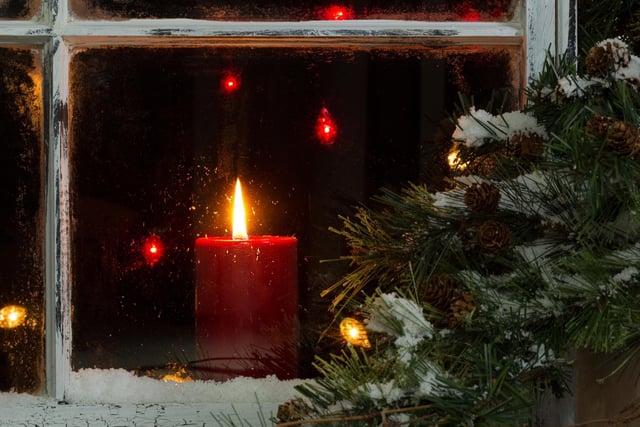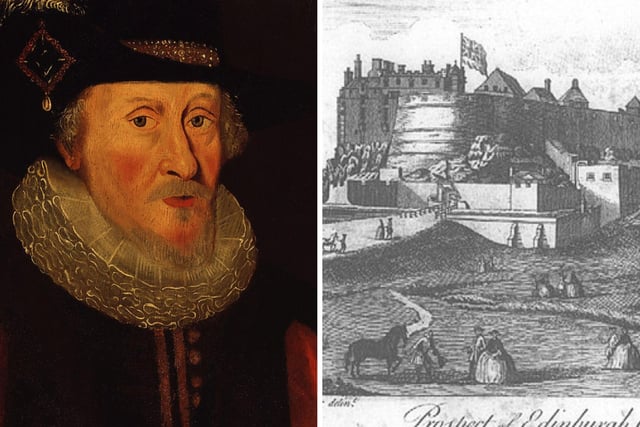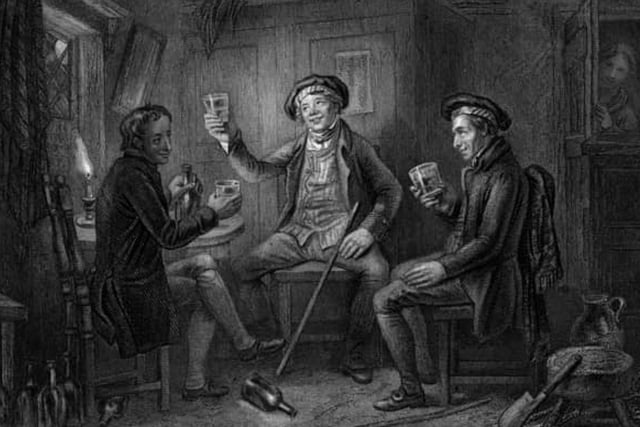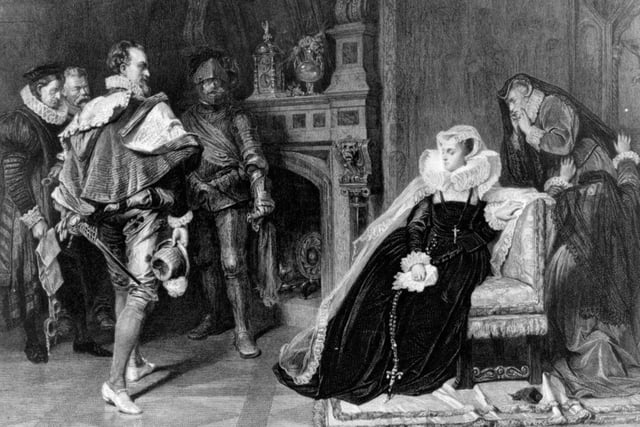Scotland's colourful and rich history has long had its very own set of Christmas traditions - even if it was banned circa 400 years ago!
Around the 1600s, the UK was ruled by Oliver Cromwell who banned Christmas (or “Christ’s Mass” as it was then). However, when he fell from power the ban lifted everywhere but in Scotland which was, in short, due to Presbyterianism.
Scots celebrating Christmas did so discreetly as the event, which was known as Yule in those days. It was stripped from the Calendar and harsh punishments awaited anyone taking part in the celebrations. For Scots, this time was reduced to little more than another work day until 1958 when Christmas Day was finally recognised as a public holiday once again.
Despite this gap in Scottish festivity the country still boasts a myriad of traditions as even prior to the Reformation, the Winter Solstice (i.e., Yule or “Yogh” in Older Scots) was celebrated by druids, pagans and vikings - ancestors who roamed Scotland long before us.
From why we hang mistletoe to the origins of Yule Bread, here are 12 old Christmas traditions and customs of Scotland.
Scots celebrating Christmas did so discreetly as the event, which was known as Yule in those days. It was stripped from the Calendar and harsh punishments awaited anyone taking part in the celebrations. For Scots, this time was reduced to little more than another work day until 1958 when Christmas Day was finally recognised as a public holiday once again.

5. Oidche Chonnle - Night of the candles
Fire has always been very traditional in Scotland as a way of warding off evil spirits and bringing prosperity to the home, but it also served as a form of guidance. Oidche Chonnle (Candle Night) refers to the time that Scots would light candles on their front window as a means of welcoming strangers to their home and guiding the ‘holy family’ on their way. Photo: tab1962 via Canva Pro

6. Christmas Cannons in Edinburgh
James VI became the king of Scotland in 1567, according to several accounts he liked to commemorate Christmas by shooting the cannons at Edinburgh Castle. Nowadays, the same cannons are fired almost every day at 1 o’clock with the exception of a few select days including, coincidentally, Christmas day. Photo: via WikiCommons

7. Daft Days
Around the 11th century most of the Celtic churches became influenced by Rome during Queen Margaret’s reign and thus the celebration of Christ grew popular. Christmas Day signified the start of ‘Daft Days’ or the ‘12 days of Yule’ which ran until January 6 - it was a festive period of merriment and frivolity that was later adapted as the ‘12 days of Christmas’. Photo: Submitted

8. Uphalieday - the 12th night of Christmas
The 12th night of Christmas signalled the end of the festivities in Scotland and it was celebrated by plays, pageants and described as ‘Uphalieday’. At Holyrood (Edinburgh) in 1563, Mary Queen of Scots enjoyed an Uphalieday party where one of her ladies posed as the monarch in “cloth of silver and bedecked with jewels” while the Queen got into the spirit of the night by dressing in black and white. Photo: Submitted

